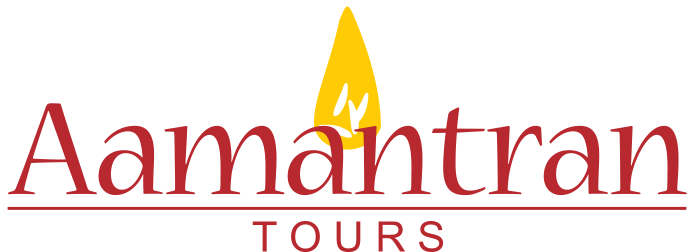JAIPUR - The Pink City
Jaipur Museums & Art Galleries
Jaipur Museums & Art Galleries
Dolls Museum: Pretty dolls from various countries are on display in the compound of the school for deaf and dumb children, near the Police Memorial.
BM Birla Planetarium: The planetarium offers unique audio-visual education and entertainment with its modern computerized projection system. For school groups concessions are available. Closed
on last Wednesday of every month.
Government Central Museum: Located in the center of the sprawling Ram Niwas Bagh, this is the oldest museum in the state. The building was designed by colonel Sir Swinton Jacob. It was built in
1876 when king Edward VII visited India as the Prince of Wales. It was opened to public in 1886 there is also an Egyptian mummy belonging to the Ptolemaic Epoch. There are miniature paintings of various
sub-schools of Rajasthan. A glimpse of the land the people of Rajasthan is presented through well planned dioramas. From 1959 onwards the various galleries along the ground floor of the museum were
completely reorganized and renovated. People of Rajasthan, (both males and females) from the higher strata of society, such as Rajputs and seths as well as the common tribal people like Mennas, Bhopas,
Bhils, Gadoliya Lohar etc. find depiction here in their typical dresses and ornaments. Typical designs and motifs in Mehndi Mandana, so characteristic of Rajasthani ladies, are also highlighted in the
gallery. In the antechamber of wing is exhibited puppetry from Rajasthan & the painted scroll delineating the scenes from pabuji Rathore's life, a great folk hero from Marwar. The central gallery
is devoted to Rajasthani music and dance. Original musical instrument, both classical and folk, are displayed in their functional positions. Specimens include typical folk instruments like Masak, Kama,
Yacha, Dadh, Madal, Khanjari, Satari, Bankia, Pungi, Alogoja, Iktara etc. the dances illustrated in the gallery include classical ones like kathak for which Jaipur Gharana is famous, as well as popular
folk dances such as Dandia, Ghoomar Holi etc. festivals & ceremonies (like marriage) are also dioramized in a lively manner. The museum functions as the State Museum of Rajasthan.
Modern Art Gallery: A small gallery in the first floor of Ravindra Manch Auditorium shows a selection of works by the well known modern artists and sculptors of Rajasthan.
Museum of Indology: Created and established by Acharya Ram Charan Sharma "vyakul" in 1960, the museum has a collection of folk and Tantra art. The eighteen sections of this three storied
private museum include old manuscripts and archives, thematic folk art of India, Indian textile designs, Tantrik paintings and yantras, glass and pottery items, minerals, gems and fossils etc. making it
one of the finest museum of Rajasthan.
Hawa Mahal Museum: Just behind the beautiful Hawa Mahal (Palace of winds) in the adjoining Partap Mandir, a Museum was set up in the year 1983. Preserved here is the sculptural heritage collected
from Ganeshwar. Virat Nagar, Raid, Sambhar and Nagar.
Exhibits include items of terracotta. Antiquities, fish hooks, arrow heads, swords, helmets and belongings of the maharajas of Jaipur. A big storage vessel of 2nd century AD obtained during excavation
at Naliasar (Sambhar) draws the attention of visitors.
Maharaja Sawai Man Singh II Museum: Located within the city palace complex and nestled amidst old buildings, temples and the palace quarters, this museum was founded in 1959 by Maharaja Swai
Man Singh II.
The exhibits consist of the ancestral collections built up by the successive rulers of Amer & Jaipur, and presently run by a public charitable trust. A small selection of paintings, manuscripts,
weapons and armours was displayed in the Pothikhana (library) and the Silehkhana or armoury (both of these in their present form were established in 1952) of the palace. However, the collection remained
exclusive and was shown only to selective visitors and dignitaries with the special permission of the Maharaja. In 1959, this private museum consisting of the Pothikhana and the Silehkhana was thrown
open to public and a new Textile and costume gallery was added to it.


